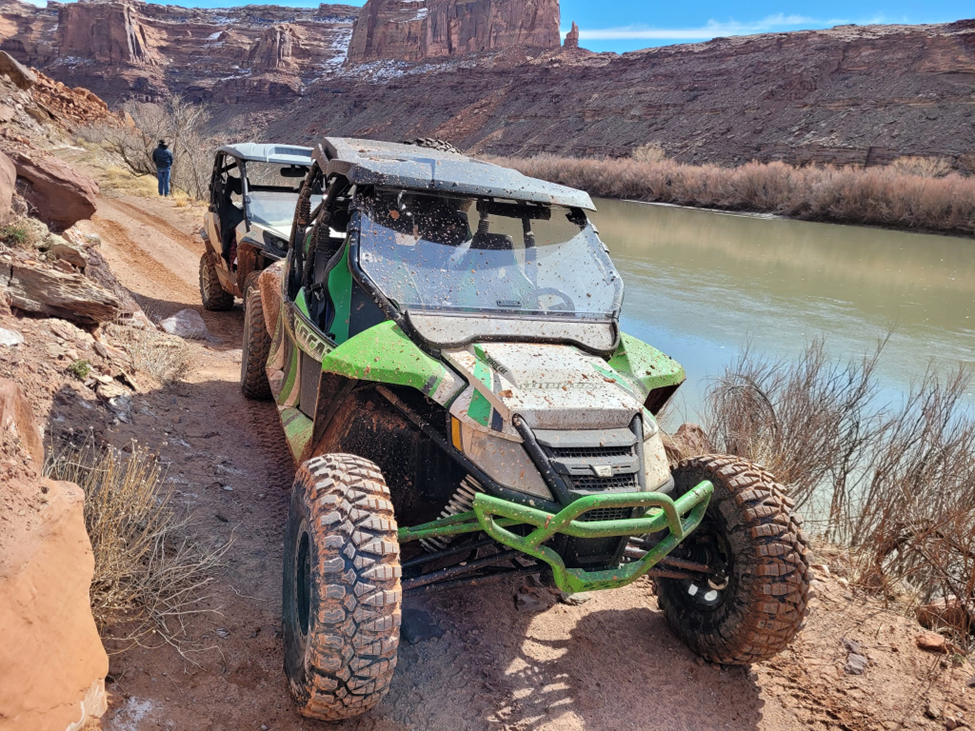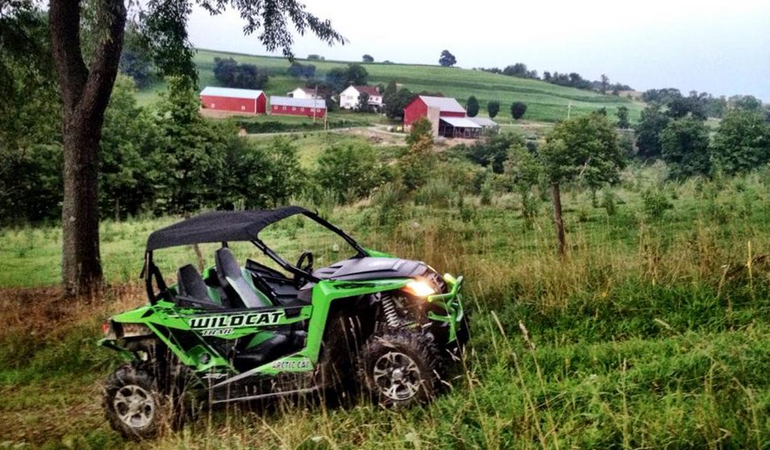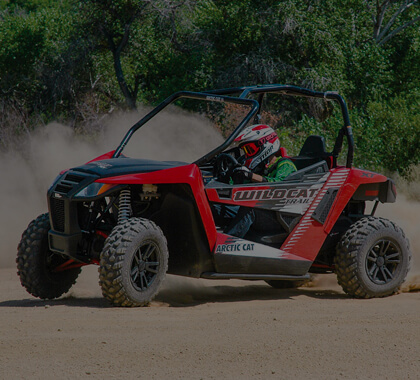10 Frequently Asked Questions About the Arctic Cat Wildcat
May 15th 2023
Question 1: Are there any common issues with the Arctic Cat Wildcat?
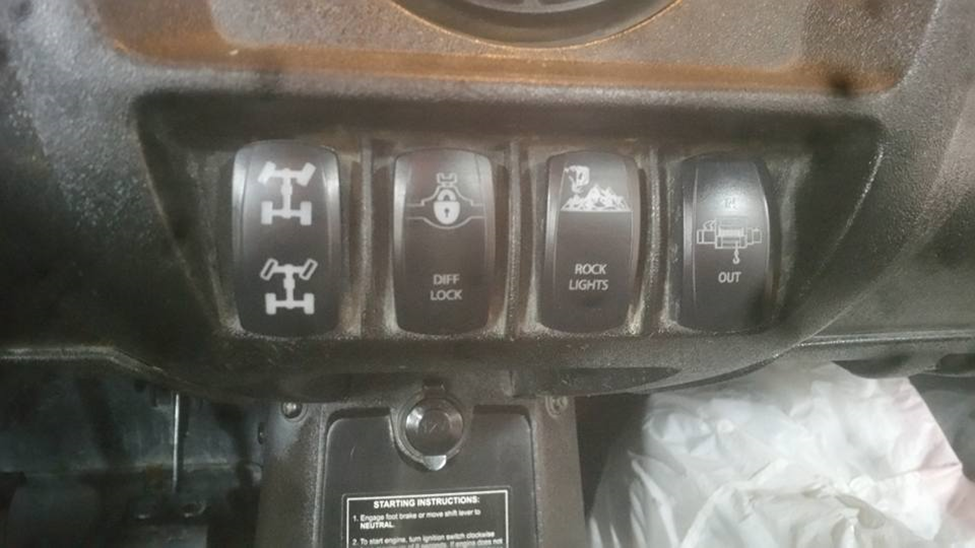
Answer 1: Like with anything else, issues will arise with your Arctic Cat Wildcat if you fail to take care of it. Proper maintenance includes changing all the fluids regularly and checking on / replacing wear items such as bushings and bearings as they age. Maintenance also means washing / cleaning your vehicle and caring for it while it’s not in use. Dirt, for example, can get stuck in between your switches, preventing them from working properly. This is a nuisance when the switch full of gunk controls your LED light bar, but it’s a little more problematic when it’s your 4WD locker switch. Some dielectric grease can help with this, but it goes to show the importance of both post-ride maintenance as well preventative maintenance.
Other common issues with the Arctic Cat Wildcat are those which are caused by the users themselves. Most people beat the heck out of their machines, and if you get too stupid behind the wheel, you’re liable to break an axle, burn a belt, or wear out your brake pads prematurely. Conservative driving habits, like not slamming on the skinny pedal when you’re stuck in a mud hole, will reduce the likelihood of axle-related issues, and keeping the RPMs high can help with belt wear. As such, it is suggested that you stick it in Low when you’re trail riding, as well as when you’re going under 30 MPH on hardpack.
Question 2: How do you change the oil in an Arctic Cat Wildcat 1000?
Answer 2: Before you get started with your Arctic Cat Wildcat 1000 oil change, make sure you’ve got oil of the proper type and weight, an oil filter, as well as the following tools: a 3/8th ratchet, a 3/8th extension, a 19MM socket, and a filter wrench. After the initial break-in fluid change, the frequency with which you should change your engine oil will depend on a combination of how you ride and your riding conditions. Generally, if riders don’t rely on the color / discoloration of their oil, they tend to change it after every 300-500 miles or once a year, whichever comes first.
Once you know it’s time to change your oil and have the parts / tool assembled, here’s how you do it:
- Start your rig and let it idle for 3-5 minutes so that the oil is more viscous and can drain easier from the drain plug.
- Loosen the dipstick and put a suitable drain plan under the drain plug.
- Using your 19MM socket, remove the drain plug and wipe off the thread with a magnetic strip while also inspecting the crush washer for damage.
- Once all the oil is out, use that same 19mm socket to reinstall the drain plug.
- Remove the old oil filter and apply some oil to the new filter as well as where it mates to the engine before installing.
- Remove the dipstick and insert a suitable funnel into the engine.
- Add the specified amount of oil and insert the dipstick fully into the engine once again
- Start the machine for a few minutes and let it sit for a minute thereafter.
- Wipe the dipstick with a rag, fully insert it again, remove it, and ensure that the oil level is between the marks.
- Reinsert dipstick and you’re good to go!
Question 3: Is the Arctic Cat Wildcat comprale to a Can-Am Maverick?
Answer 3: The X model of the Arctic Cat Wildcat is very comparable to both the Can-Am Maverick as well as the RZR XP 1K. It has big cams, no wet clutch, and arguably better suspension. But the biggest letdown riders experience with the Wildcat is usually power related (an issue which was addressed by Textron with the Wildcat XX).
Many riders give rave reviews about the suspension and handling of the Wildcat, and complain about the handling as well as the ride quality on Can-Am Mavericks. Especially with the Wildcat 4, the suspension is stiff, but in a good way that reduces body roll. A Maverick, on the other hand, can feel overly stiff and difficult to keep in a straight line through the rough stuff. Like with any machine, however, you’ve got to adjust the shocks to your riding style. And although the Maverick may feel a little weird at first due to the shock settings and seating position, you might realize after a bit of seat time that it handles reasonably well.
Aside from the superior suspension on the Wildcat, you’ll find riders who argue that you throw performance, power, reliability, and the overall fun factor right out the window when you buy an Arctic Cat Wildcat. But this is all circumstantial, and depends heavily on the riding style, the terrain type, and many other factors. Sure, a Wildcat may not win any drag races against a Maverick (and this includes the Wildcat XX Vs. the Maverick X3), but on trails and hills, the Wildcat does exceptionally well. Add to this the electronic locking differential in the Wildcat and you’ve got something that’ll go through anything compared to those auto-locking types! But as long as you enjoy the journey, it doesn’t matter what you are sitting in!
Question 4: How much does an Arctic Cat Wildcat weigh?
Answer 4: The dry weight of an Arctic Cat Wildcat 1000 is 1,305 lbs, whereas they dry weight of an Arctic Cat Wildcat XX, an Arctic Cat Wildcat Sport, and an Arctic Cat Wildcat 4 X 1000 is roughly 1,816 lbs, 1,100 lbs, and 1,534 lbs respectively.
Question 5: What is considered high mileage for an Arctic Cat Wildcat?
Answer 5: As a rule of thumb, using the mileage of a UTV to determine its quality isn’t the best idea – it’s all about the condition of the vehicle. A hard-ridden, low-mileage, Wildcat could be far worse than a high-mileage machine that was taken care of. In general, 6,000 miles is around the magic number where it wouldn’t be worth buying a Wildcat unless it’s an absolute steal of a deal. Technically speaking, though, you can get way above 6K miles if you swap the engine, change the belt, and take care of other wear items like a-arm bushings, gaskets, wheel bearings, diff / motor seals, etc. As we mentioned earlier, mud miles are much harder on UTVs than road miles, so if you see a well-used machine that’s decked out with all those badass mud accessories, that’s a good sign that it was likely put through the wringer!
Question 6: How much is an Arctic Cat Wildcat worth?
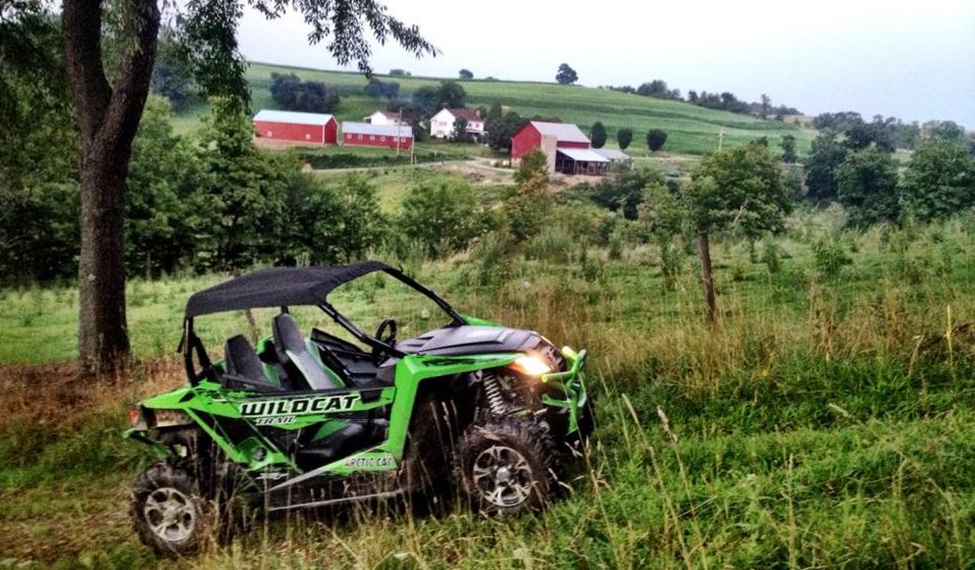
Answer 6: At the time of this writing, a new base model of the 2023 Arctic Cat Wildcat XX goes for $23,199 with a logistics surcharge of $500. As far as used Wildcats go, the value will depends on several factors, including the age of the vehicle, the mileage on the vehicle, the upgrades made to the vehicle, and the overall quality of the vehicle. The competitiveness of the market within a 200 mile (or so) radius of your location will also play a role in determining how much an Arctic Cat Wildcat is worth.
You can expect a 2016 Wildcat with around 1,000 miles on it to go for around $9,000 (give or take $1,000 or so), while a 700 Wildcat may only fetch $5,000. Back in 2020-2022, prices were much higher for used UTVs, but the trend has reversed course, and the prices are now steadily declining. Side-by-side sales tend to go down during the winter in the North, but not so much in the South – so the time of year can make a difference in the price of the machine. Supply and demand factors are the main drivers of price, and so too is the willingness of owners to take losses in order to sell they bikes faster. And just because you see a high price for a used Arctic Cat Wildcat posted online, this doesn’t mean it will sell for that price. To get a feel for how much a particular Arctic Cat Wildcat model year / edition is worth, the National Automobile Dealers Association is a good resource, and Kelly Blue Book can also help you price out a used Arctic Cat Wildcat.
Question 7: What Arctic Cat Wildcat fender flares / fender extensions offer the best coverage from mud and water?
Answer 7: The Arctic Cat Wildcat fender flares by MudBusters are popular amongst riders for offering amazing coverage that blocks a majority of mud and water flung up by the tires!
Question 8: Is there a particular type of fuel you should use in an Arctic Cat Wildcat?
Answer 8: The injectors used in Arctic Cat Wildcat UTVs are rated for all fuels, including E85, race gas, and Primum. The manual recommends using 87 octane fuel, but higher 91 octane works as well. Most riders try to avoid fuels with ethanol, as the slower burn of non-ethanol fuels makes them more stable, and more stability equals better performance. It’s ok to run 87 in a Wildcat, but it's better to run above that because it higher octane fuels burn hotter and reduce the buildup of carbon residue inside the cylinders -- which harm both valves and piston rings. You can clean the carbon out of your engine by using lead fuel additives, but a penny of prevention is often worth a pound of cure.
Question 9: How do I prevent my Arctic Cat Wildcat from overheating?
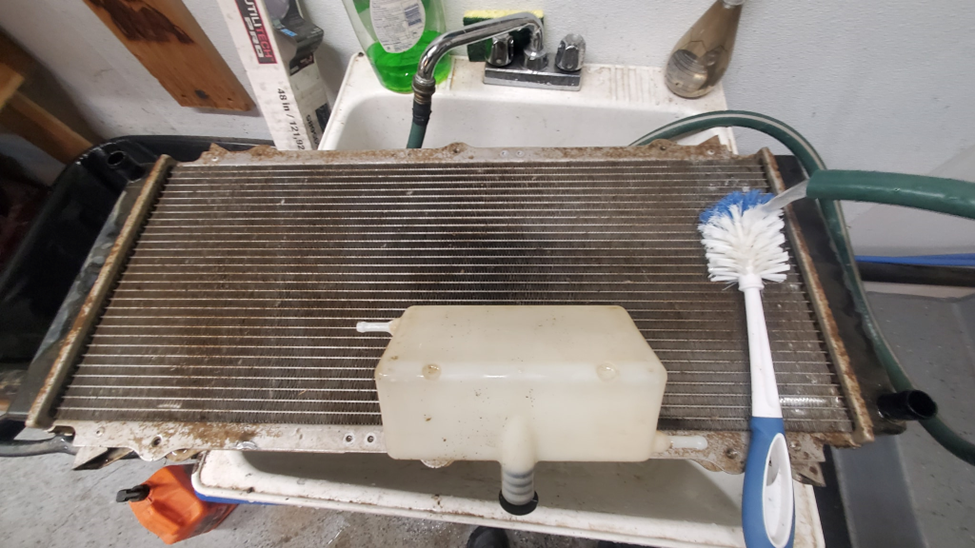
Answer 9: There are many reasons why your Arctic Cat Wildcat might be overheating. The following are common ways to prevent that from happening:
- Clean your radiator thoroughly (it might have to be completely removed) so you can see through it and ensure that the fins aren’t bent and that there is nothing preventing / restricting airflow.
- Burp your radiator to remove any air bubbles.
- Top up your coolant to the reservoir.
- Swap out your thermostat.
- Make sure the fan comes on at around 205 degrees.
- Replace the water pump.
Question 10: What are the must-have accessories for the Arctic Cat Wildcat?
Answer 10: The basic must-have accessories for the Arctic Cat Wildcat will depend on how, where, and why you use the vehicle. For the most part, riders often install roofs, half doors, fender flares, and a front half windshields / full rear windshield to help with in-cab dust. To protect your rig, a belt housing blower and bumpers are advised, and to protect yourself, harnesses are a great investment for added safety.
Other common items that are frequently added to a stock Arctic Cat Wildcat include winches, spare tire mounts, and tool boxes / tool kits with the required tools to make common in-field repairs. If you’re bad at directions, a tablet mount / phone mount with a corresponding device that has a GPS app installed can save you from having to buy a dedicated GPS unit, and most riders like the option of playing music while riding with an Arctic Cat Wildcat sound system. Aside from that, there are domain-specific accessories you might want such as mud tires, sand ties, or street tires, as well as miscellaneous accessories including in-cab fans when the temperatures skyrocket, or cab heaters when it gets cold.
We always tell new Wildcat owners to ride around for a bit, and then decide which accessories to get. You might find a sun visor to be useful on those early morning / late evening rides, or perhaps a light bar for when the sun has already set. But whatever the case may be, we here at Everything Arctic Cat Offroad are here to sort you out with anything that you or your kitty requires!
